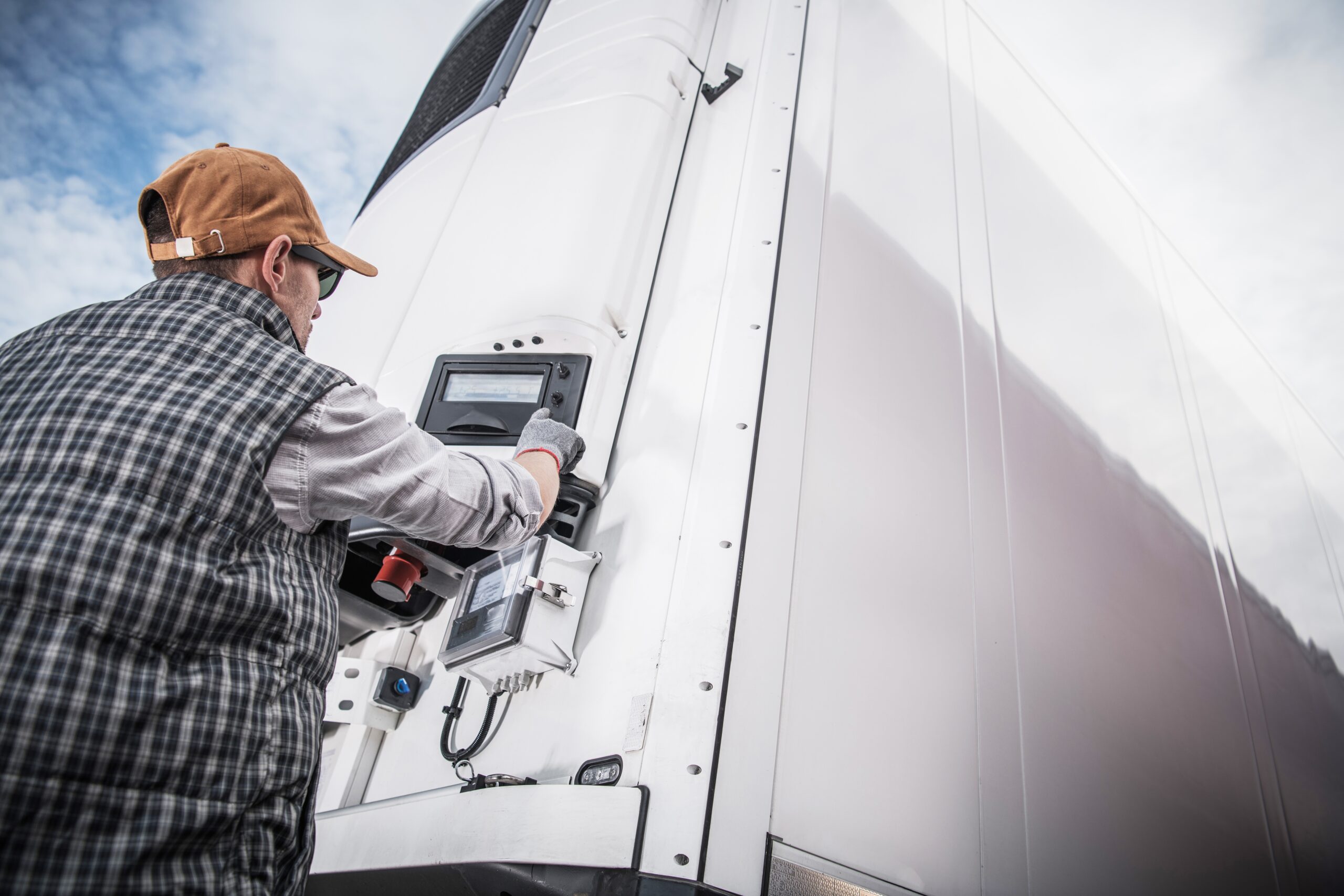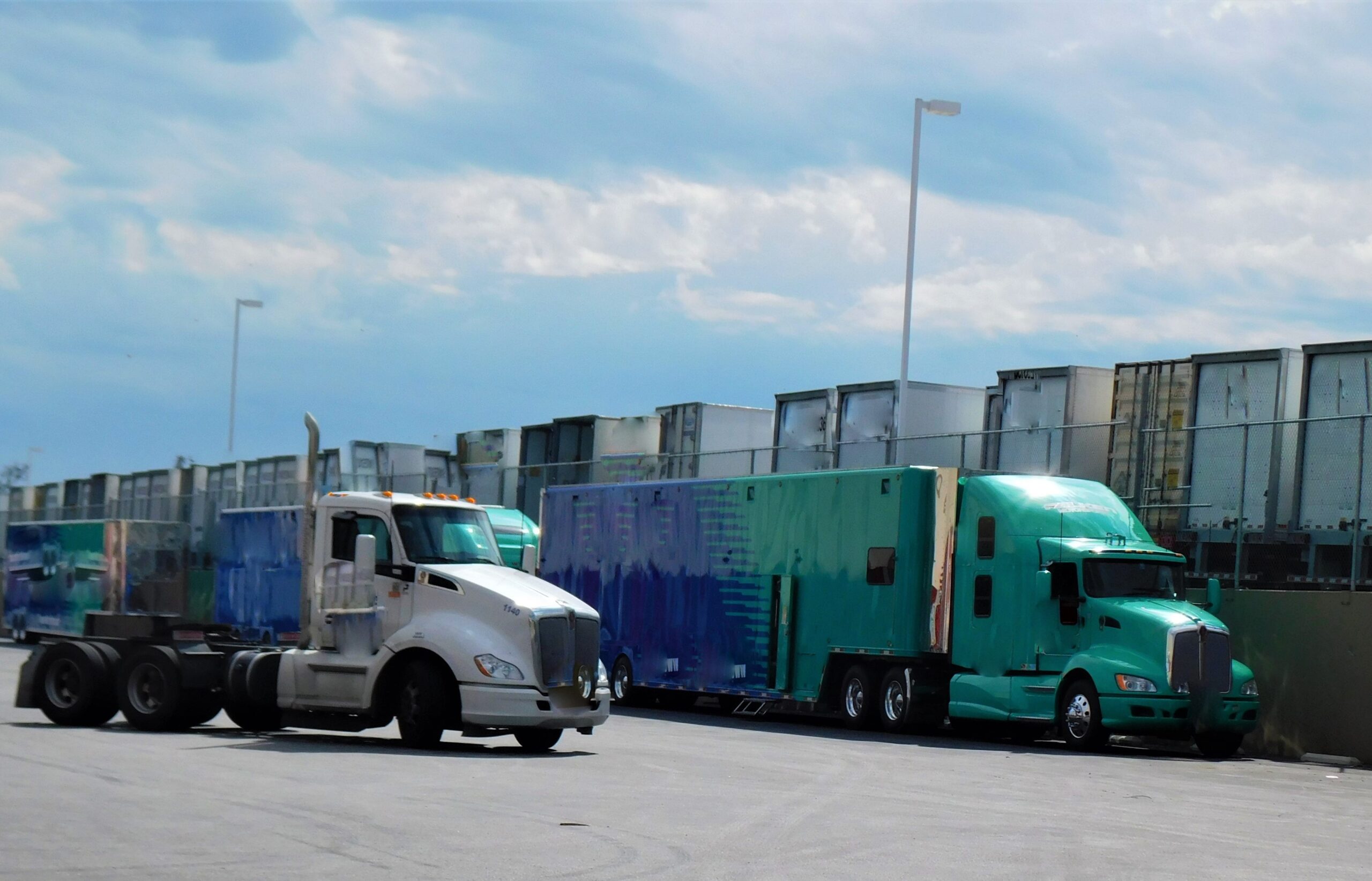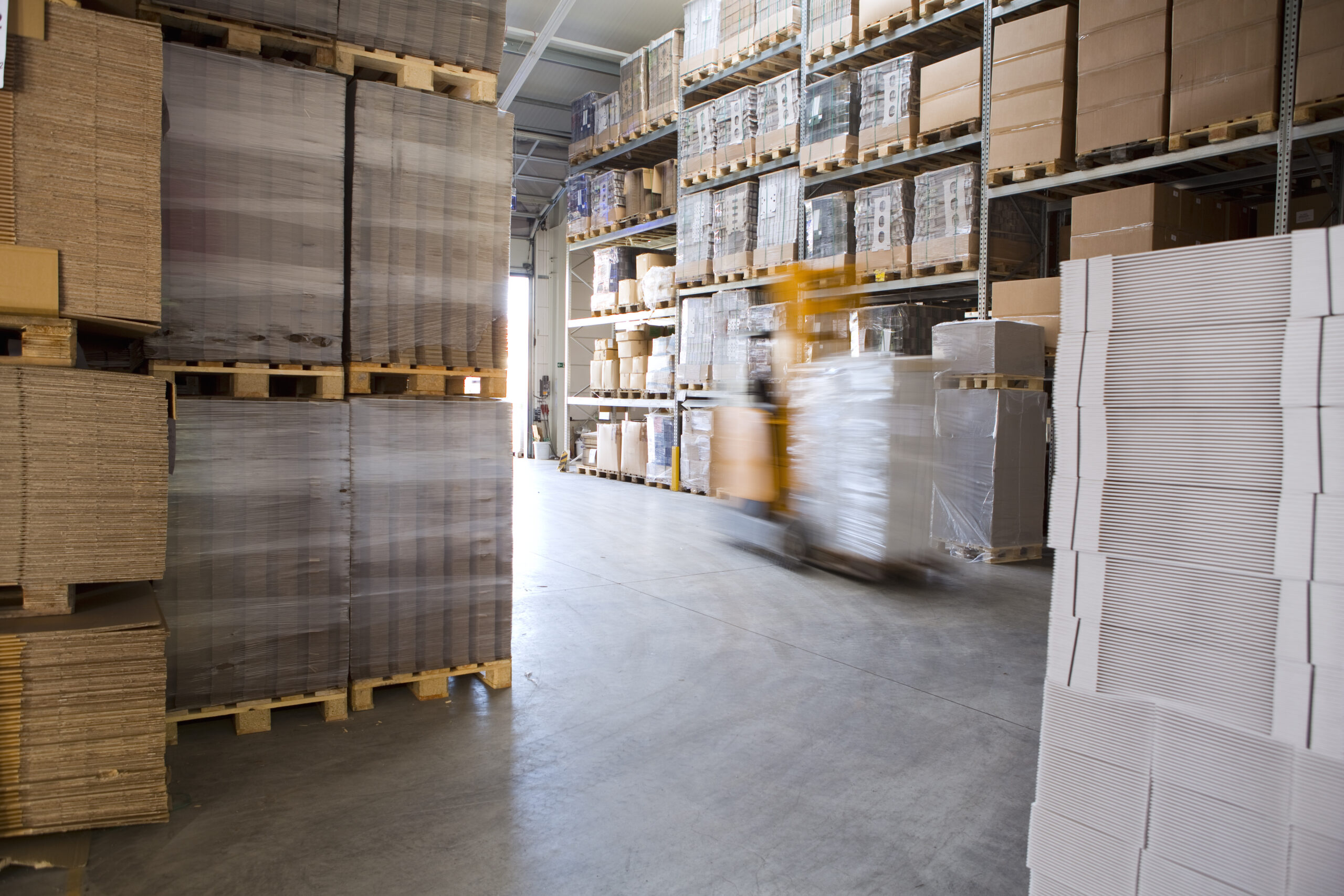
When you start researching logistics and the logistics industry, you’ll come across phrases like ‘storage’ and ‘warehousing’ time and time again. Both of these things are elements of the logistics industry, but what exactly is the difference between storage and warehousing?
We all know that storing things means keeping them in a safe place until we need them again. Whether it’s shoes in your wardrobe, books on a shelf, or DVDs in a cabinet, you store them somewhere so that they aren’t cluttering up your home. In general usage, warehouse is the word used to describe any building that is used for storage. But when speaking about logistics, there is a slightly different meaning to both words.
What is Storage?
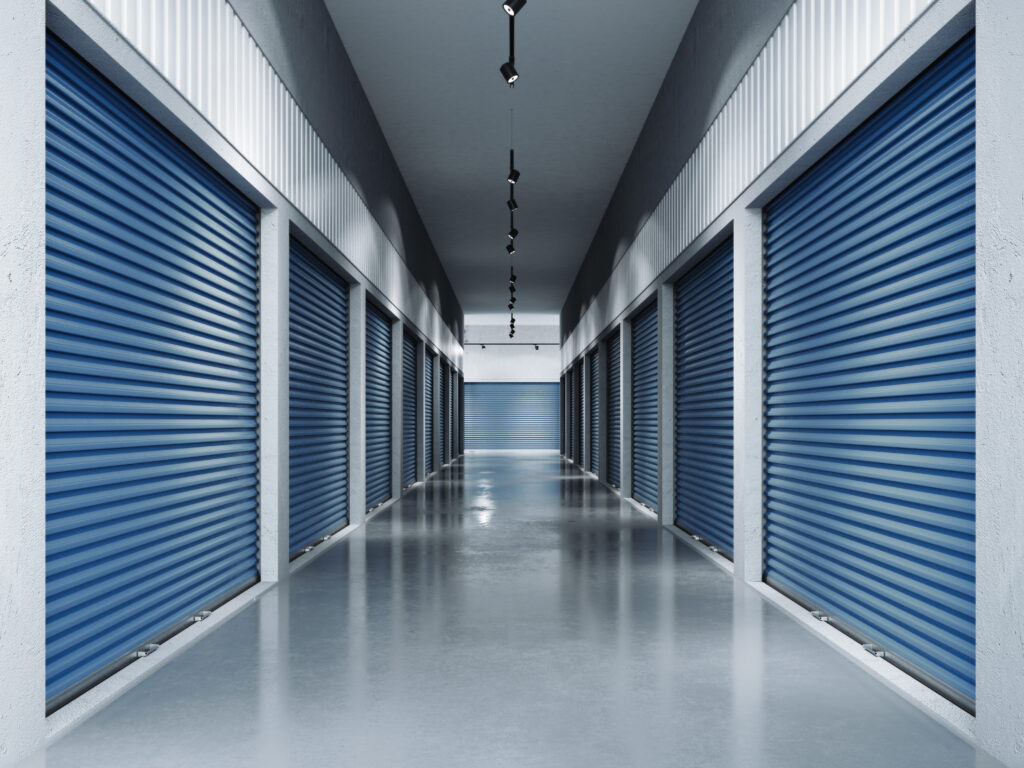
Storage is a term given to a situation when a company has your inventory in their possession. This could be in a warehouse, a container, a pallet, or even on a truck. The item is out of your control until you need it again, at which point it is delivered back to you.
Storing goods is a common practice in logistics, as it allows companies to buy in bulk and store items until they are ready to be sold. The main advantage to storing goods is that it gives companies a lot of flexibility when it comes to timing. If you need those goods, you can take them out of storage and have them delivered back to you immediately. If you don’t need them, you can leave them in storage for as long as you like, without needing to pay for the space.
Types of storage facilities
- Personal – personal storage units are typically rented month-to-month and can be accessed 24 hours a day. These are used to store household goods, business inventory, or other personal belongings
- Dynamic – this type of storage is known for providing high space usage levels.
- Semi-automatic – It has mobiles, vertical shifting, horizontal and vertical carousels.
- Automated systems – Among the other types, this one offers a higher safety level since it has automated systems.
What is Warehousing?
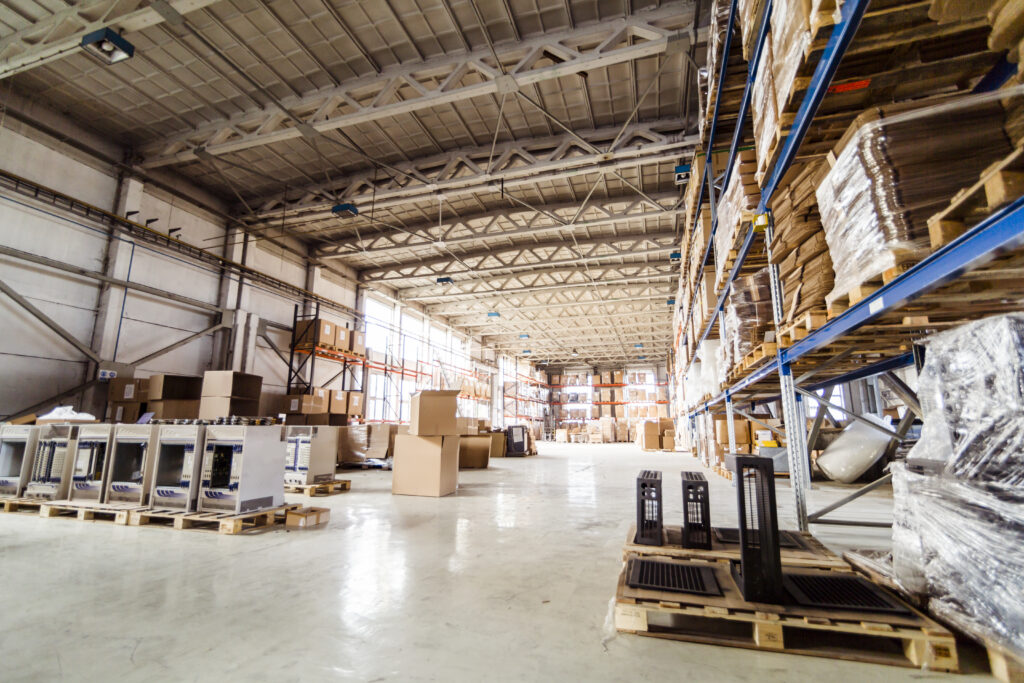
Warehousing, on the other hand, is the holding of goods on behalf of a client until they are ready to be delivered. The key difference here is that warehousing is a much more controlled environment than storage, and usually involves a high level of automation.
Warehouses are designed to provide safety and security for your goods, often with climate control and high-level security features like cameras and alarms. Warehouses are also designed for efficiency. They often have a single-dispatch system, where goods are picked from the shelves and immediately dispatched to the correct destination.
Types of warehouse facilities
- Private – It is owned by an individual or company and is not open to the public. Private warehousing usually comes with many benefits such as increased security, lower costs, and greater flexibility.
- Public – this type of warehousing is open to the general public. These facilities offer various services, such as packaging, shipping, and transportation, which are ideal for businesses that store large amounts of goods.
- Automated – Same with other storages, it uses machinery and systems in major activities like moving product-filled pallets to make work easier.
- Climate–controlled – These facilities are ideal for temperature-sensitive products or goods. It provides a specific controlled environment like freezers for storing frozen goods.
- Distribution center – these are warehouses that have larger space than any other warehouse, which enables faster movement of large quantities of goods from multiple suppliers within a short time to various customers.
- Bonded warehouse – these facilities, mainly owned and run by a government or private agencies, are used to store imported goods before customs duties are levied on them, as the companies storing goods in these warehouses do not pay any duty charges until their items are released.
Differences between storage and warehousing
Both of these processes are essential to the logistics industry, and are integral to the smooth running of any business.
Location and accessibility
Due to the requirements for more space, warehouses are usually located in remote area that have wider land mass.
Warehouses are usually located near transportation hubs so that goods can be quickly shipped out. On the other hand, storage units are typically found in residential areas, making them easily accessible to customers.
Capacity
A storage unit is usually smaller in size than a warehouse. Therefore it is more ideal to store personal items and household appliances. Small businesses with few products can also benefit from this storage.
On the other hand, warehouses are used primarily for business purposes. Its size is usually like a commercial building to carry and handle all large pieces of equipment and store wholesale goods and items.
Security
Monitoring and securing storage warehouses is significantly more difficult than securing self-storage units. Warehouses are so massive, open, and sprawling that it is difficult to maintain security and monitor the whole area. It is critical to employ extra security personnel to watch the entire area, CCTV to record everybody entering and leaving the building, and more to maintain security.
Storage facilities, on the other hand, are relatively small, but they have a sophisticated security procedure. Furthermore, since they are not accessible to everyone, they are safer. Security, monitoring, and accuracy are enhanced thanks to the access tracker.
Cost
Warehouses are always more costly than storage facilities due to its high level of maintenance. Having a large area rather than having ample space makes it more costly. In addition, the maintenance and security of warehouses are more costly than those of storage facilities because of their large size and space.
Final words
Storage and warehousing are both essential parts of the logistics industry. Even though they are often used interchangeably, there are fundamental differences between these two solutions. If you want to make sure which option is more suitable for your business’s needs or need a storage or warehouse facility, Rolls Right is more than happy to help you. Contact us for more information.
REQUEST A QUOTE
We got you the extra mile to deliver your goods safely to its destination. Get in touch with us today.

